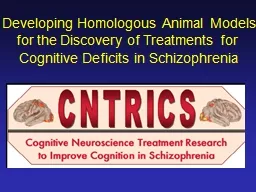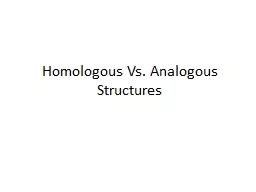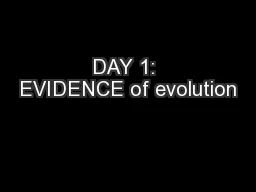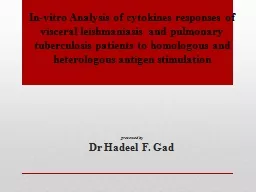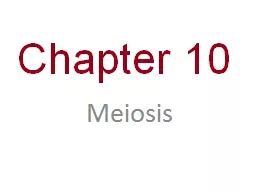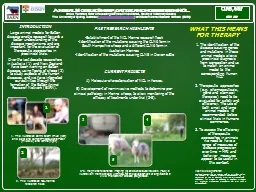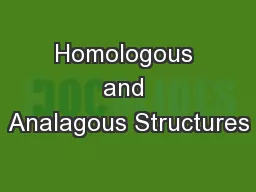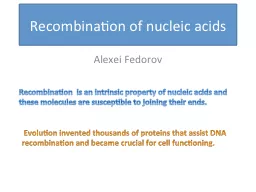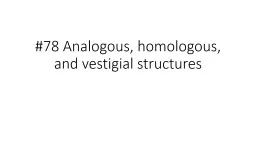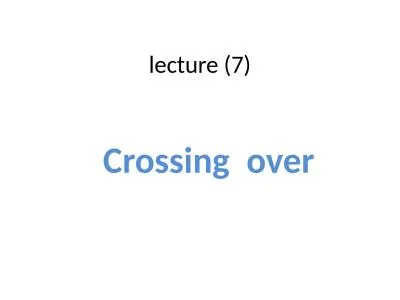PPT-Developing Homologous Animal Models
Author : karlyn-bohler | Published Date : 2016-06-28
for the Discovery of Treatments for Cognitive Deficits in Schizophrenia What is a Model MEASURE Paradigm or assay measuring a specific cognitive function that
Presentation Embed Code
Download Presentation
Download Presentation The PPT/PDF document "Developing Homologous Animal Models" is the property of its rightful owner. Permission is granted to download and print the materials on this website for personal, non-commercial use only, and to display it on your personal computer provided you do not modify the materials and that you retain all copyright notices contained in the materials. By downloading content from our website, you accept the terms of this agreement.
Developing Homologous Animal Models: Transcript
Download Rules Of Document
"Developing Homologous Animal Models"The content belongs to its owner. You may download and print it for personal use, without modification, and keep all copyright notices. By downloading, you agree to these terms.
Related Documents

